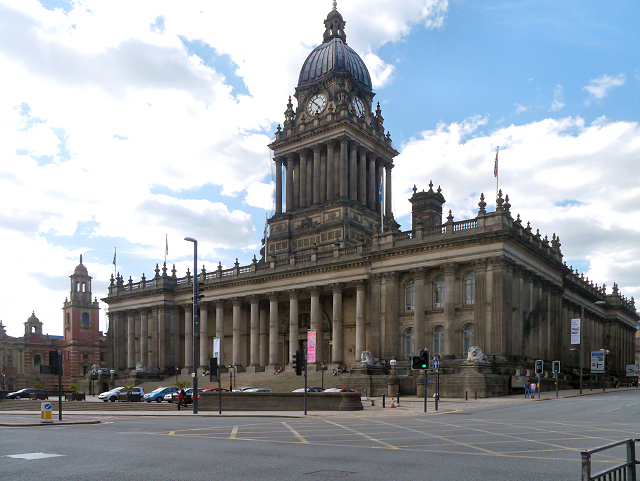The featured image is sourced from Flickr.
Ancient Greece is just that: ancient. Though the ‘Middle Ages’ date back as early as 600 AD, much of what we know today was discovered centuries before. Ancient Greek innovations continue to be relevant to modern life. The Phoenician writing system, for example, heavily influenced both the Greek and Latin alphabets; the philosophies of Plato and Socrates continue to be taught throughout the world; students study the great literature from the period like The Iliad and The Odyssey; mathematical equations are used unchanged; even musical theory can be traced back to tales about the daughters of Zeus. Ancient Greece shaped much of our modern world, so it’s no wonder that its best preserved sites are the top tourist attractions in Athens.
The Acropolis, a kind of city-like complex, housed high up on the top of a 150-meter high rock in the heart of Athens, contains many of capital’s historically significant ruins. The most famous of all is the Parthenon, not only one of the world’s most important monuments, but also one of the most recognizable. The columned architecture of the Parthenon has influenced the design of public buildings and structures worldwide, inspiring full-sized replicas, residential facades, and even the décor of cruise ships. European cruise ships docked in the Port of Piraeus, in fact, have spectacular views of the elevated ruin, which can be seen from anywhere in the city.
Many of the Acropolis’ original buildings were temples: these included the “Erechtheion” and the “Temple of Athena Nike”, both of which still exist to some degree. The homes of the Greek Gods played a vital part in ancient life, but the buildings of the Acropolis also paid tribute the arts, the sciences, and philosophy. Many were erected to show off the skills of particular architects and artists, some to conspicuously demonstrate personal wealth.
Today, an insight into the city’s golden age can not only be gleaned from a visit to the Acropolis site where ongoing restoration project gives visitors a glimpse of what the citadel once was, but also the Acropolis Museum, located just beyond the Parthenon – it is a must-visit venue. The museum houses and displays all manner of artifacts that have been recovered from the ruins. It was also the first building of the 20th Century to be built on the rock’s slopes. Although there are many places throughout Greece – like Olympia and Epidaurus – that add to a travelers understanding of this magnificent era, Athens really is the very first place you should start.
Athens: Insights into Ancient Greece








